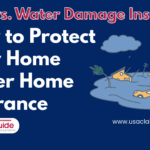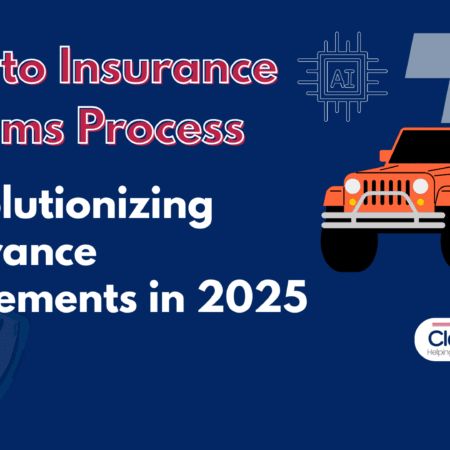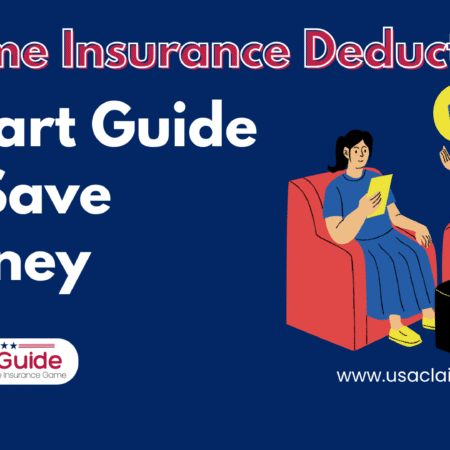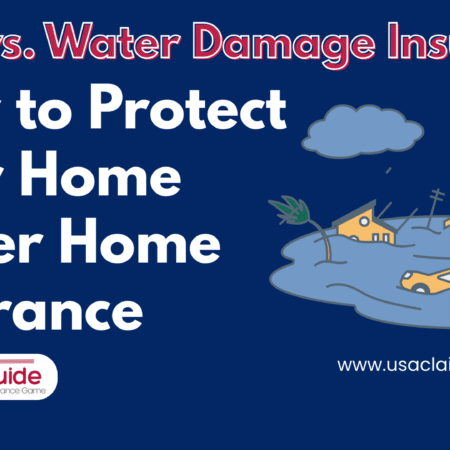Your roof is more than just shingles and beams. it’s a protective barrier that safeguards your home, family, and belongings from nature’s harshest elements. When unexpected events like hailstorms, wind gusts, or flying debris strike, your roof is often the first structure to absorb the blow. This makes roof damage not only common but also one of the most urgent and expensive home repairs U.S. homeowners face.
With the cost of roofing materials and labor rising steadily across the country, even a seemingly minor roof issue can quickly balloon into a major financial burden. That’s why having the right insurance coverage isn’t just a smart choice it’s an essential component of responsible home-ownership. Roof Damage Insurance in the U.S. is specifically designed to provide financial support when your roof is compromised by covered perils, allowing you to restore your home’s safety and integrity without draining your savings.
But despite how common roof damage claims are, many homeowners are still unclear about what their policy actually covers, how to initiate the claims process, or whether their insurance will pay for full replacement or just partial repairs. Worse yet, policy language can be vague, and claim denials often stem from small technicalities or documentation errors.
This is why it’s so important to be proactive. Knowing how Roof Damage Insurance in the U.S. works, what’s included or excluded, and how to effectively file a claim can make the difference between a smooth recovery and a frustrating, costly ordeal. It’s not just about reacting after a storm it’s about being prepared before one hits.
Roof Damage Insurance : Complete Guide to Claims, Coverage, and Payouts for Hail and Wind Storms
When a storm hits, your roof is the first line of defense and often, the first casualty. Whether it’s hail, wind, or heavy rain, roof damage can lead to costly repairs and stress. That’s where Roof Damage Insurance in the U.S. comes into play. But how exactly does it work? What is covered? What steps should you take to file a claim? This comprehensive guide answers all your questions and provides valuable insights that can save you time, money, and frustration.
What Is Hail Damage and How Does Hail Damage Roof Insurance Claim Work?
When a hailstorm strikes, it can leave behind more than just dents and dings. For homeowners, the real concern lies overhead hailstones can severely damage your roof, often in ways that aren’t immediately visible. Understanding hail damage to your roof is essential because even small cracks or missing granules can lead to long-term structural problems like water infiltration, mold, or insulation breakdown.
Hail damage refers to physical harm caused to your roof due to falling ice balls during a hailstorm. These can crack shingles, damage flashing, and even compromise the structural integrity of your roofing system.
What Exactly Constitutes Hail Damage?
Hail damage is defined as the physical destruction caused by hailstones impacting your roofing materials. These ice pellets, ranging from pea-sized to golf ball-sized or larger, can strike your roof at speeds exceeding 100 mph. Depending on the roofing material, this impact may cause:
- Shingle bruising or cracking
- Granule loss on asphalt shingles
- Dents in metal roofing
- Cracks or punctures in tile or slate
- Weakened roof seals and flashing
One challenge with hail damage is that it’s not always obvious. Unlike a fallen tree or a visible leak, hail can cause subtle but widespread deterioration that worsens over time. That’s why most roof inspections after a storm are recommended even if there are no immediate leaks.
If your home insurance policy includes Roof Damage Insurance in the U.S., you may be eligible to file a claim to cover repair or replacement costs. Here’s how the process typically works:
- Inspect and Document Damage: After the storm, check for visible signs like dents, missing shingles, or leaks.
- Contact Your Insurance Company: Notify them immediately. Most insurers have a specific window (often 1 year) to file a claim.
- Schedule an Adjuster Inspection: An adjuster will assess the extent of the damage and determine coverage.
- Receive an Estimate: The insurer will give you a quote on how much they’re willing to pay.
- Repair Work Begins: Once approved, you can hire a licensed contractor to start repairs.
How Insurance Companies Handle Hail Roof Damage in the U.S.
Insurance companies in the U.S. typically classify hail as a “covered peril” under most standard homeowners insurance policies. This means you’re generally entitled to compensation for repairs or replacement—but only if you follow the correct procedures and meet certain criteria outlined in your policy.
Inspection and Assessment
Once a hail event is reported in your area, insurance companies may expect homeowners to initiate an inspection. You’re encouraged to document the date and time of the storm, take photos, and seek a professional roofing evaluation. A certified roofer can provide a detailed inspection report that highlights the type and extent of the hail damage.
Filing the Claim
Your insurer will ask for detailed documentation, including the inspection report, photos of the damage, repair estimates, and in some cases, weather data. Filing a hail roof insurance claim in the U.S. promptly is critical—many companies have a specific claim window, often 6 to 12 months after the storm.
Also Read: The Ultimate Guide: Water Damage Insurance Claim Procedure, Payout, Tips in the USA
Adjuster Visit
An insurance adjuster will visit your home to verify the damage. They evaluate the claim independently, compare it with the roofer’s report, and determine the payout amount based on your policy’s terms taking into account factors like depreciation, deductible, and replacement cost vs. actual cash value (ACV).
Payout & Repairs
If approved, you’ll receive funds to repair or replace the damaged portions of your roof. In most cases, this is done in two payments: the actual cash value upfront and a hold-back amount released once repairs are completed.
Why Timely Action Matters with Hail Damage
Delaying your claim after a hailstorm can not only void your eligibility for compensation but also worsen the condition of your roof. Insurers expect you to take reasonable steps to mitigate further damage, such as tarping exposed areas or arranging temporary fixes. Failure to do so can result in partial or denied claims.
Long-Term Impact of Ignoring Hail Damage
Even if you don’t notice immediate signs of leakage, undetected hail damage can significantly shorten your roof’s lifespan. Over time, small punctures or granular loss compromise the roofing system’s ability to repel water and UV radiation. Insurance companies may deny future claims if they determine the damage was pre-existing or due to homeowner neglect.
Pro Tip for Homeowners
Many roofing companies offer free hail damage inspections, especially after major storms. Pairing a contractor’s report with your insurance claim increases the likelihood of full coverage. Look for licensed, insured, and experienced contractors familiar with hail roof insurance claims in the U.S.
Average Insurance Payout for Hail Damage Roof
The average insurance payout for hail-damaged roofs in the U.S. can range from $8,000 to $15,000, depending on the severity of the damage, roof size, and material. According to the National Association of Insurance Commissioners (NAIC), hail damage claims make up a significant portion of property insurance claims every year.
What Is Roof Repair Homeowners Insurance?
Roof repair homeowners insurance is a component of a standard homeowners policy that covers roof damage caused by specific perils like fire, wind, hail, or falling objects. It does not cover wear and tear or negligence. Coverage often depends on the age of the roof and the type of policy (Actual Cash Value vs. Replacement Cost Value).
Does Homeowners Insurance Cover Roof Damage?
Yes but with caveats. Homeowners insurance typically covers roof damage caused by:
- Windstorms
- Hail
- Fire
- Lightning
- Vandalism
- Falling trees or debris
However, it will not cover:
- Age-related deterioration
- Mold or mildew due to lack of maintenance
- Pest damage
- Improper installation
That’s why having Roof Damage Insurance in the U.S. with proper endorsements and riders can make a significant difference.
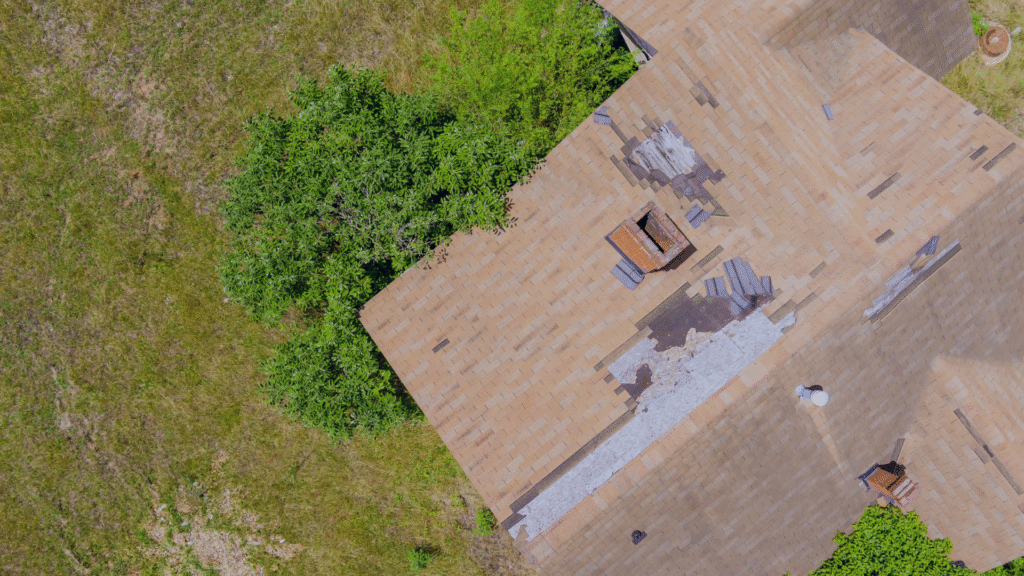
What Kind of Roof Damage Is Covered by Home Insurance?
Covered damage usually includes:
- Shingle cracks and breaks from hail
- Structural damage due to tree falls
- Leaks caused by wind-lifted shingles
- Tarping and emergency repairs following a covered event
Again, Roof Damage Insurance in the U.S. applies if the incident falls under a covered peril. Read your policy’s “Dwelling Protection” section for exact details.
Does Homeowners Insurance Cover Roof Leaks?
Yes, but only if the leak is caused by a covered peril like hail, wind, or a fallen branch. If the leak results from an old roof or lack of upkeep, your insurer likely won’t pay for it.
Is Roof Damage Covered by Home Insurance?
In general, yes if it’s sudden and caused by an insured event. Here’s a breakdown:
| Cause | Covered? |
|---|---|
| Hailstorm | ✅ Yes |
| Windstorm | ✅ Yes |
| Fire | ✅ Yes |
| Old age/wear & tear | ❌ No |
| Poor maintenance | ❌ No |
| Earthquakes/floods | ❌ Only with rider |
Always review your Roof Damage Insurance in the U.S. policy for exclusions and endorsements.
Hail Damage Roof Insurance Claim Process
Filing a hail damage claim involves these steps:
- Assess Damage Quickly – Use binoculars or call a roofer.
- Document Everything – Take time-stamped photos of every visible issue.
- Call Your Insurer – Inform them of your intent to file a claim.
- Meet the Adjuster – Be present during inspection.
- Get Multiple Estimates – From licensed roofing contractors.
- Repair Approval and Payment – Once approved, repair starts.
Keep in mind, submitting a claim does not guarantee approval. Evidence is key.
Hail Storm Roof Damage Insurance Claim: Special Considerations
Some insurers require:
- A licensed contractor’s inspection report
- Meteorological reports proving a hailstorm occurred
- Roof age verification to determine depreciation
Be prepared to negotiate, and consider hiring a public adjuster if your claim is disputed.
Procedure and Documents Needed for Roof Repair Through Insurance
You’ll need the following documents:
- Policy number and details
- Date and time of storm
- Photos/videos of damage
- Contractor inspection report
- Estimates for repair/replacement
- Proof of temporary fixes (tarps, etc.)
- Correspondence records with your insurer
Submitting a well-documented claim can improve your chances of full reimbursement.
Does Wind Storm Damage Cover Roof Damage Insurance?
Yes, most homeowners insurance policies explicitly list windstorms as a covered peril. That means Roof Damage Insurance in the U.S. typically applies to wind-related damages like:
- Lifted or blown-off shingles
- Torn flashing
- Detached gutters
- Structural breaches
Also Read: Low Home Insurance Claim Settlement : Expert Tips for Handling a Low Claim Settlement
How Does Wind Storm Roof Damage Insurance Claim Work?
Similar to hail damage:
- Inspect your roof after the windstorm.
- Photograph every detail – even minor damage.
- Contact your insurer immediately.
- Schedule an adjuster inspection.
- Submit repair estimates from contractors.
- Follow up for timely payment processing.
Important Tip: Wind damage is often less visible than hail, so use drone inspections if possible.

How to Report Roof Damage to Insurance Company
When reporting, follow this script structure:
- Call or file through the insurer’s online portal.
- Provide policy number.
- Describe the event (e.g., “Hailstorm on 05/08/2025”).
- Mention visible damage.
- Request claim forms or inspection scheduling.
Pro Tip: Always request a claim number and keep a log of communication.
How to File Roof Damage Insurance Claim
Here’s a checklist:
✅ Inspect and document damage
✅ Contact your insurer
✅ Submit claim forms and evidence
✅ Meet with the adjuster
✅ Get multiple repair estimates
✅ Approve and schedule repair
✅ Keep receipts and updates
✅ Follow up until payout is complete
You can also work with a public adjuster if your claim is large or complex.
Also Read: Flood vs. Water Damage Insurance Claims: How to Protect Your Home Under Home Insurance
Useful Links for Roof Damage Insurance Claim in the U.S.
Here are some official resources for state-specific or federal information:
- NAIC – Home Insurance Resource
- FEMA Disaster Assistance
- USA Gov – Homeowners Insurance Info
- Insurance Information Institute
- State Insurance Departments Directory
Additional Tips for Roof Damage Insurance in the U.S.
- Annual Roof Inspections: Preventive maintenance helps avoid denied claims.
- Roof Age Matters: If your roof is over 20 years old, insurers may only pay actual cash value.
- Choose Licensed Contractors: Insurers won’t work with unlicensed workers.
- Understand Your Deductible: High deductibles may cancel out small claim benefits.
- Review Policy Annually: Ensure your coverage reflects your current roof materials and risk profile.
Conclusion
Dealing with roof damage is never pleasant, but understanding how Roof Damage Insurance in the U.S. works can make all the difference. From filing a hail storm claim to navigating windstorm damage, being informed puts you in control. Take time to review your policy, document damage thoroughly, and work with licensed professionals.
By following the correct procedures and maintaining a detailed paper trail, you increase your chances of a successful and timely insurance payout.




